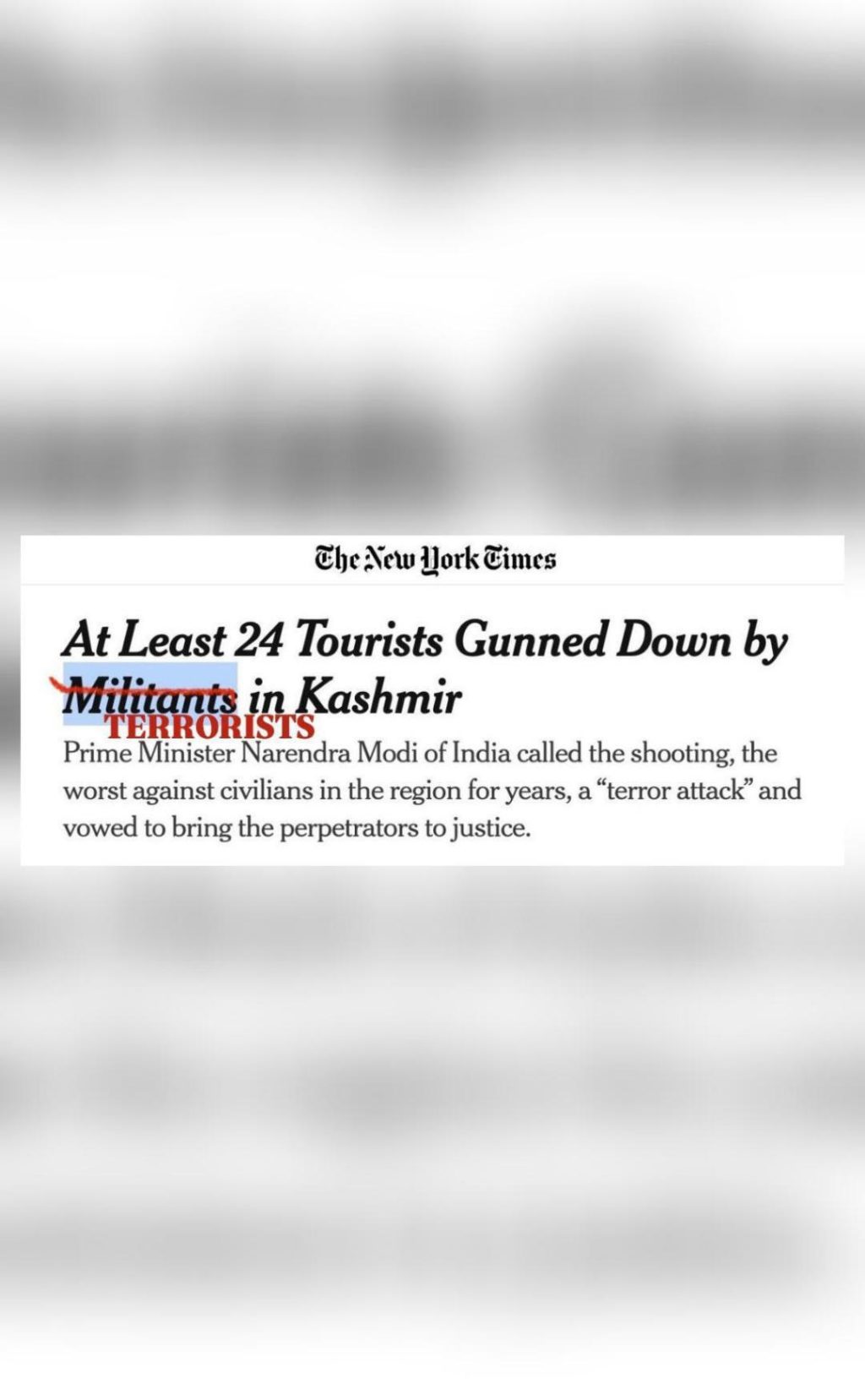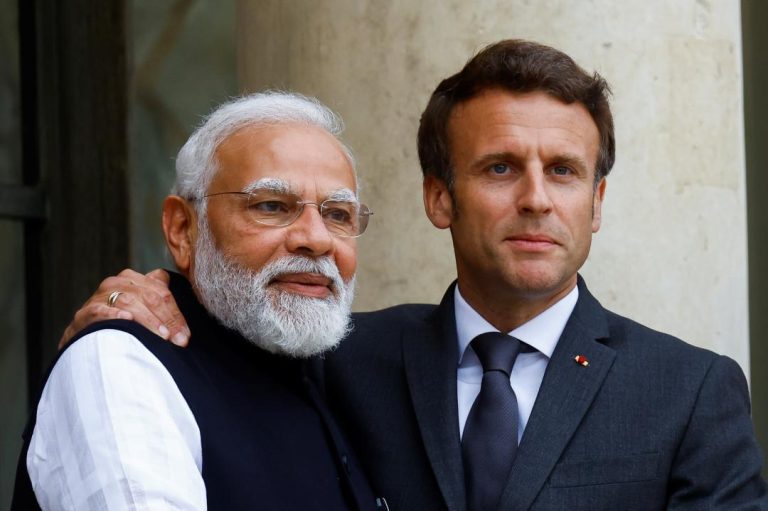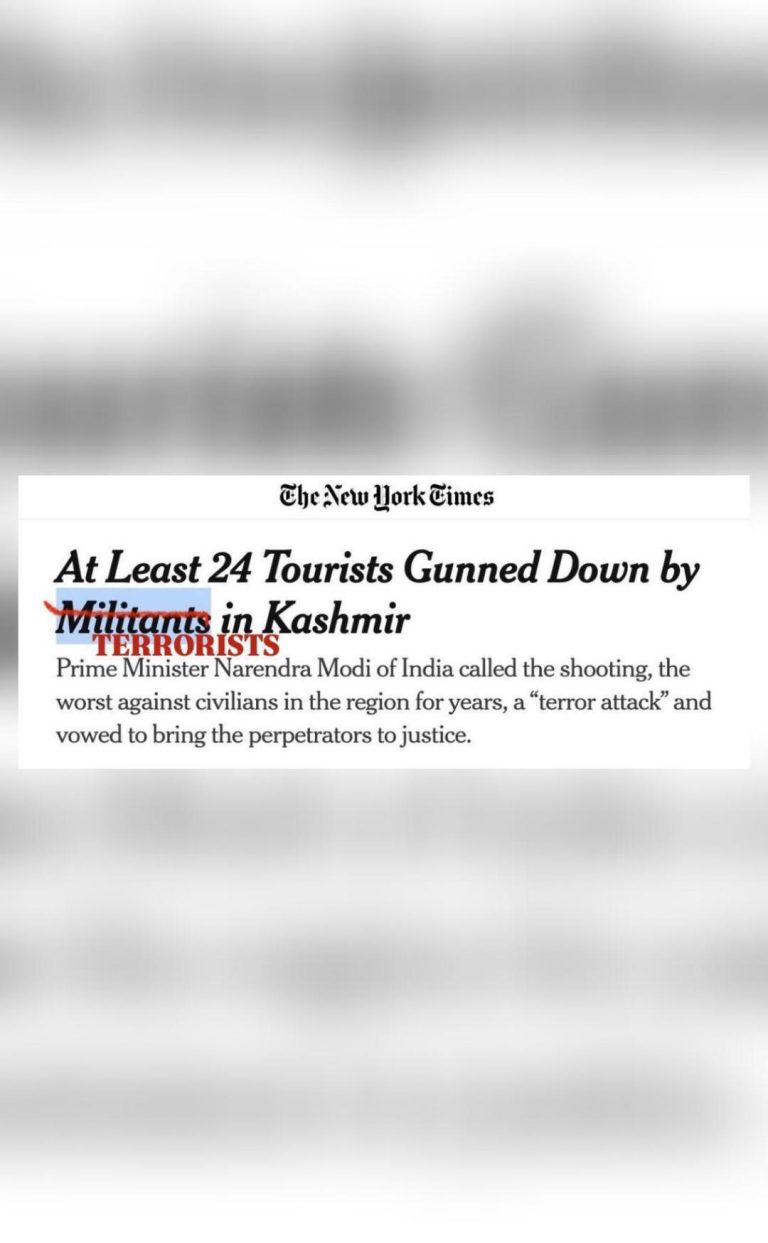
Hey NYT, Fixed it for You: US Committee After News Portal Calls J&K Terrorists ‘Militants’
In the world of news reporting, accuracy and objectivity are crucial. Journalists strive to present facts as they are, without agenda or bias. However, sometimes the line between fact and fiction can get blurred, and that’s when the role of watchdogs becomes crucial. Recently, the US House Committee on Foreign Affairs took to social media to correct what they perceived as a factual error by the New York Times. The incident highlights the importance of precision in reporting and the need for accountability in the media.
On November 27, 2022, the US House Committee on Foreign Affairs shared a screenshot of a New York Times article, which referred to the terrorists behind the attack in Pahalgam, Jammu and Kashmir (J&K), as “militants.” The committee’s Twitter post read, “Hey NYT, we fixed it for you…This was a TERRORIST ATTACK plain and simple…Whether it’s India or Israel, when it comes to TERRORISM, NYT is removed from reality.” The post included a screenshot of the article, with the corrected caption: “TERRORIST ATTACK in Pahalgam, Jammu and Kashmir.”
The article in question likely referred to the attack on a tourist bus in Pahalgam, which resulted in the deaths of several people. The perpetrators of the attack were likely affiliated with terrorist organizations operating in the region. By using the term “militants” instead of “terrorists,” the New York Times seemed to downplay the severity of the attack and the nature of the perpetrators.
The US House Committee on Foreign Affairs, a bipartisan committee responsible for overseeing the foreign policy of the United States, took umbrage with the article’s language. In their Twitter post, they emphasized that the attack was, in fact, a terrorist attack, and that the NYT’s use of the term “militants” was inaccurate and misleading. The committee’s stance is backed by the facts: the attack was carried out by armed terrorists, and it resulted in the loss of innocent lives.
The controversy surrounding the New York Times’ article highlights the importance of accuracy in reporting. When journalists use terms like “militants” or “insurgents” to describe terrorists, they risk diluting the severity of the attack and undermining the efforts of governments and law enforcement agencies to combat terrorism. By using the term “terrorist” instead, the NYT would have conveyed a more accurate and honest portrayal of the attack and its perpetrators.
The incident also raises questions about the New York Times’ editorial stance on terrorism. The newspaper has been accused of having a liberal bias in its reporting, particularly when it comes to the Israeli-Palestinian conflict. The use of the term “militants” instead of “terrorists” may be seen as part of this broader pattern of bias. In this case, the NYT’s language may have been influenced by its perception of the conflict in Jammu and Kashmir as a “domestic” issue, rather than an international terrorist threat.
The US House Committee on Foreign Affairs’ decision to correct the New York Times’ language is a rare example of a government body holding a news organization accountable for its reporting. In an era where fake news and disinformation are rampant, it’s essential for watchdogs like the committee to speak out against inaccuracies and promote transparency in journalism.
In conclusion, the controversy surrounding the New York Times’ article highlights the importance of accuracy and objectivity in reporting. The use of the term “militants” instead of “terrorists” was inaccurate and misleading, and the US House Committee on Foreign Affairs was right to correct the newspaper. As journalists, it’s our duty to present facts as they are, without bias or agenda. By doing so, we can promote informed debate and hold those in power accountable for their actions.
Source: https://x.com/HouseForeignGOP/status/1914843415793095043






